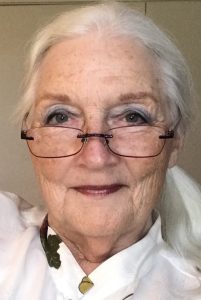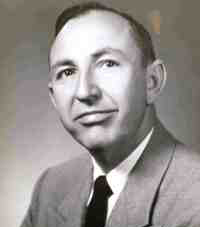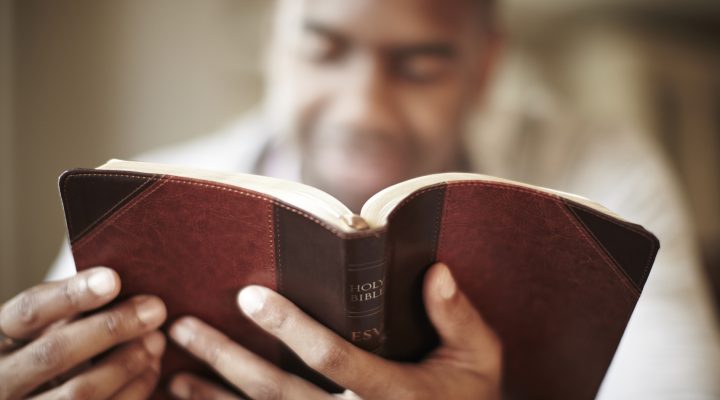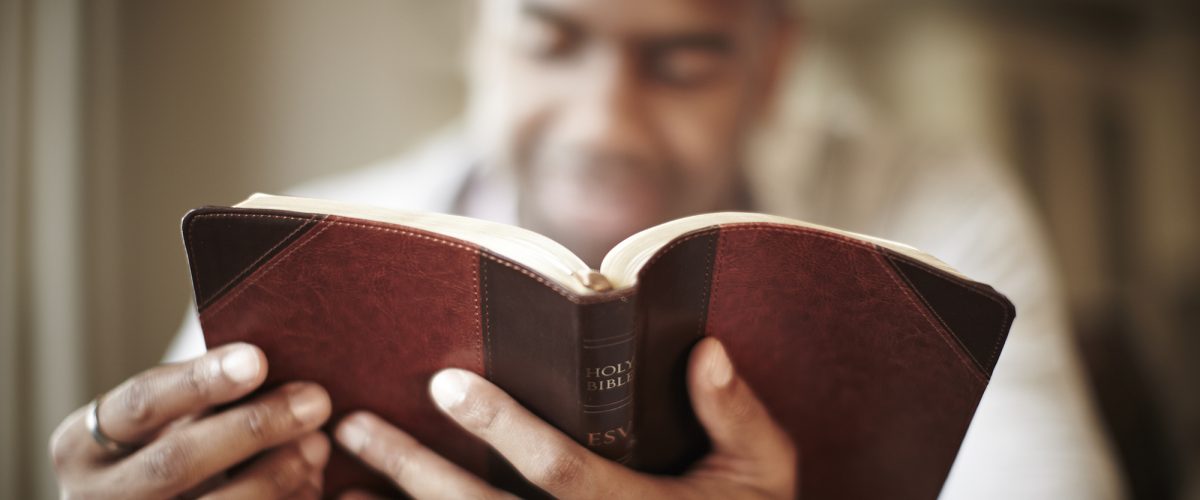The interview with Robert Naylor was over. I was wrapping up cords and cables and stowing them in the tote bag, basking in the glow of the vision laid out by Naylor, then president of Southwestern Baptist Theological Seminary.
By the late sixties, Naylor was midway through his 20-year presidency, having come there from the pastorate of Fort Worth’s Travis Avenue Baptist Church.
Thanking him for his time with this fledgling reporter, I said, “Wouldn’t it be wonderful if laypeople could attend seminary?”
“No!” he snapped with all the disdain of a Dickensian bishop, “It would be a waste of our resources.”

Linda Cross
Visceral lightning spiked my head and heart in that moment. No! Naylor was wrong. It is not a waste of resources to make available to laity the very best of our biblical and theological resources.
It took more than a quarter century for another former Southwestern Seminary president to take up the call. In the late 1990s, Russell Dilday joined with Herb Reynolds, president emeritus of Baylor University, with the encouragement of Charles Wade, executive director of the Baptist General Convention of Texas, to found what came to be the Baptist Laity Institute. The endeavor was given substantial financial and other support by the HEB Foundation and Laity Lodge. Early on, office space was provided by the Baylor Hospital Foundation.
The premise and promise of the Laity Institute was that college-level biblical and theological education could and should be offered in local churches. Leading professors from across Baptist life were recruited to develop 13-week curricula based on university textbooks. Non-credit courses in 12 subjects basic to theological education were developed, including introductions to Old and New Testament studies, church history, Christian ethics, introductions to Christian theology, missions, world religions, and lay pastoral care. Curricula for five courses were available in Spanish and additional ones were in process.
“The premise and promise of the Laity Institute was that college-level biblical and theological education could and should be offered in local churches.”
Course leaders, referred to as “mentors,” were recruited locally by participating churches and were given additional training in small-group leadership by the Laity Institute. In some communities, mentors and classes were shared among nearby congregations.
Mentors often were pastors or staff ministers, chaplains, professors or teachers from nearby colleges or school systems. But in other cases, mentors were laypeople with no prior formal religious education or professional teaching experience.
Training workshops were available in English and Spanish. Textbooks and additional resources were given to the mentors and were available at minimal expense to class members.
When declining church attendance and denominational infighting collided with the Great Recession of 2008, the Laity Institute was one of several worthy programs shut down across our denomination. Nevertheless, for the churches, their members, mentors and ministers who participated in Laity Institute classes, the experience was a rich one.

John Smyth
In our beginnings, Baptists were laypeople. Bubbling up from the intellectual and political stew of the early 17th century, two tiny communities of dissenters separated themselves from the Anglican Church, then further distinguished themselves from the Puritans. The earliest of these “Baptist” communities, led by John Smyth and his friend Thomas Helwys, had to develop their own ecclesial structure.
Although Smyth, a Cambridge graduate, was ordained by the Anglican Church, he and his congregation of followers disavowed themselves as members of the Anglican Church and considered themselves unbaptized. Following the urging of their emerging beliefs, Smyth self-baptized and then baptized his fellow leader Helwys before baptizing their other earliest followers.
These early Baptists believed among other things in believer’s baptism and absolute freedom of religion for everyone. Ridiculed and persecuted as “Baptists,” they accepted the slur as a badge of honor and wore it doggedly. Although illness cut short Smyth’s life, Helwys died in Newgate Prison for his beliefs. John Bunyan spent 12 years in Bedford Gaol. Roger Williams was run out of Massachusetts.
These earliest Baptists believed they could and should read and interpret the Bible for themselves. Because they could read, they could study and come to understand the Bible themselves. They were not opposed to higher education. Both Smyth and Helwys were well educated. Early Baptists supported public education. They called for it so everyone, male and female, adults and children, could study and understand the Bible for themselves.
According to the Southwestern Seminary Legacy article “Robert Naylor,” on the seminary website, Naylor urged Southern Baptists of his day to support seminary education for the aggressive missionary endeavor the Southern Baptist Convention was undertaking at the time.
“The denomination says, ‘Our (SBC) fellowship of faith and cooperation demands that we must train these men and women called of God to preach.” According to the article, he continued, “These 30,000 new preaching stations will have for them men and women whom God has chosen. These we must train.”[i]

Robert Naylor
In the olden days of Southern Baptist life, we sent men and women with a variety of professional skills to serve as missionaries around the world. Doctors, nurses, nutritionists, agricultural workers, educators — all skill sets were expected and equipped to preach the Bible and teach Baptist beliefs in addition to their professional responsibilities. They were essentially laypeople commissioned to make disciples by preaching and teaching in their missionary assignments.
But in the great about-face of the “conservative resurgence” engineered by the disgraced Paul Pressler and fellow insurgent Paige Patterson, instead of training thousands of additional missionaries Southern Baptist leaders began tightening the doctrinal screws on men and women already serving faithfully in missions throughout the world. Without warning, Baptist seminaries and hospitals were stripped of Southern Baptist missionaries serving in a wide variety of professions as well as any SBC financial support of the institutions themselves.
Naylor was conservative in theology. But even as we spoke, his daughter Rebekah Naylor already was an SBC missionary surgeon serving in India.
John Smyth was trained and ordained, and Thomas Helwys was a well-educated layman. Is it really a waste of resources to prepare laypeople, women and men, to teach and preach?
“Men and women called of God to preach,” said Naylor. If the article is to be believed, Naylor himself knew God called “men and women whom God has chosen.” He said it twice. He just didn’t believe what he knew.
But that begs the question: What do we know that we just cannot believe? And the follow-up question: What do we believe but are afraid to acknowledge?
Linda Francis Cross, formerly an accredited public relations consultant and retired CBF field personnel, was one of the original Baptist Laity Institute mentors and later served as the executive director. She is a Baylor graduate with a bachelor’s degree in religion and communications and a master’s degree in theological ethics. Her first professional job was with the Radio-Television-Film Commission of the Southern Baptist Convention.


